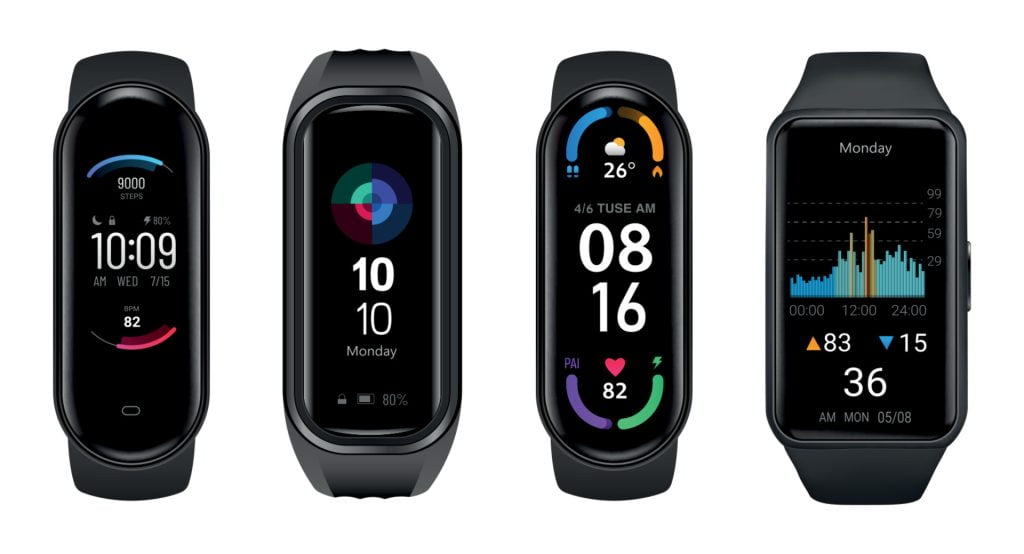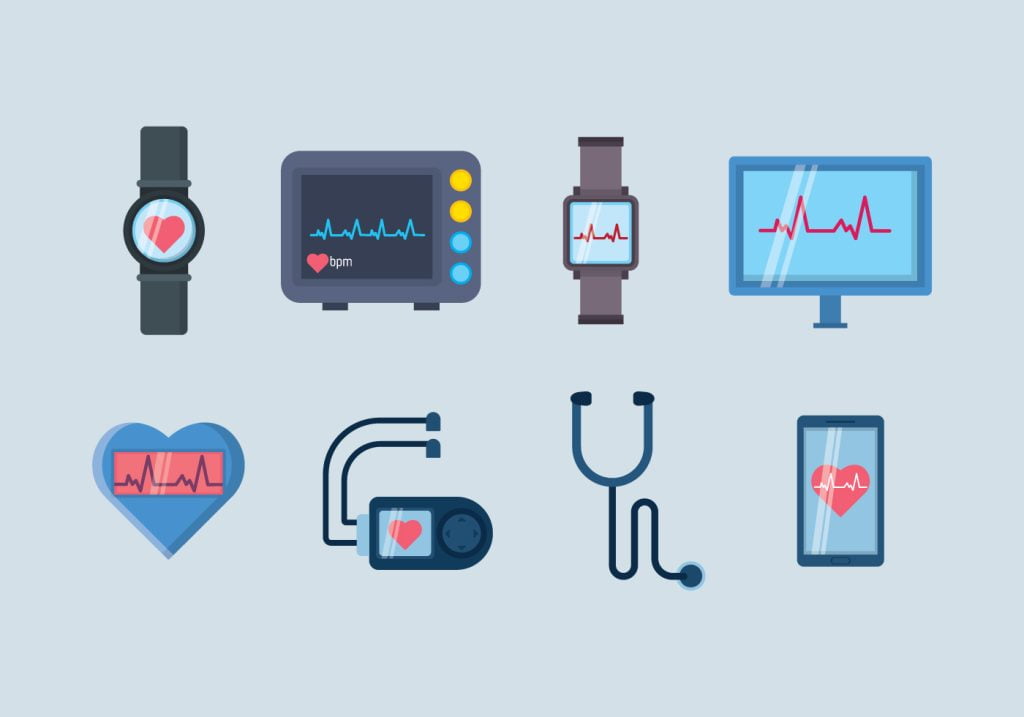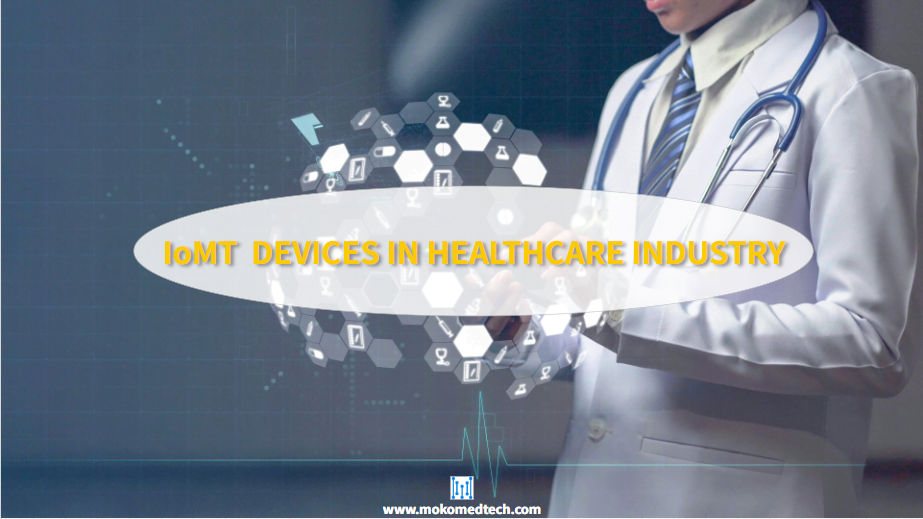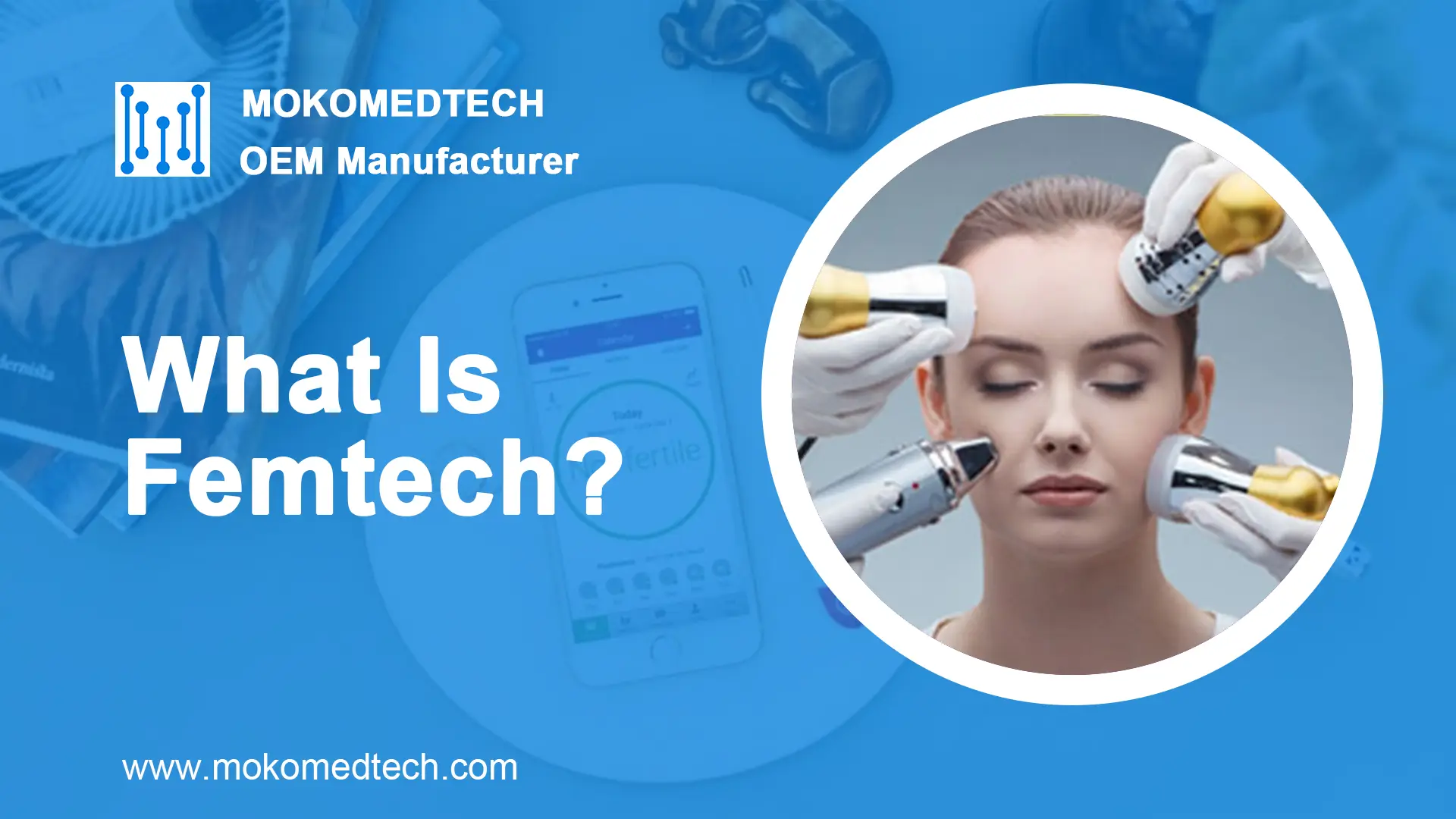In recent years, the healthcare industry has been gaining public attention. Especially during the COVID-19 pandemic, healthcare institutions and organizations around the world are working to find better ways to provide care. Among them, IoMT has made tremendous progress. In the predicted period, IoMT market will grow to over $397 billion by 2027. IoMT devices reduce the cost of care for healthcare providers and enable doctors and patients to access healthcare easily and quickly, providing real-time assistance to patients anytime, anywhere.
About IoMT and IoMT Devices
IoMT, i.e. Internet of Medical Things, is a branch of IoT. It includes Internet-connected devices, healthcare technology applications, and corresponding systems and services.
Today, the Internet of Things is particularly important in the healthcare industry. Its emergence represents a new digital world that encompasses sensors in smart homes to wearable devices. The IoT is a system that interconnects people, animals, physical objects, and information systems all over the world. Through a vast array of scattered global positioning systems, sensors, radio frequency identification (RFID), laser scanners, and other devices, the IoT will transmit the collected information to the designated devices through the Internet for intelligent processing. Thus completing the identification, positioning, tracking, monitoring, and management. The IoT is becoming more widely used. All these are based on the application exploration of IoT theory.
The devices it involves are responsible for saving human lives in addition to providing convenience to people. The systems and devices that implement medical measures through the application of IoT are known as IoMT devices. IoMT is a new technology that connects patients with physicians and medical devices like diagnostic devices, wearable technology, and hospital equipment. It achieves this easily through the Internet connection.
Currently, in the healthcare system, there are too many devices and applications working together to process all kinds of data, including medical records, patient records, and clinical data. The speed of this device intelligence continues to accelerate and spread, making the whole healthcare industry change day by day. Together, these connected devices, sensors, EHR systems, and medical health applications are making the IoMT possible. The future of the IoMT will be a connected ecosystem for health and a source of intelligence for healthcare.
Types of IoMT and IoMT Devices
From simple fitness bands to medical applications developed for smartwatches and other wearable devices, from trackable connected medical devices with RFID tags to electronic health record (EHR) systems for large medical facilities, and from smart IoT devices to tracking and monitoring patients and to all healthcare mobile apps that help caregivers and patients get the fastest care possible. All of these are part of the IoMT.
IoMT solutions and wearable devices are the most popular trends in telehealth services. IoMT enables doctors to monitor patients from anywhere. It can be widely used in inhalers, modern smart beds, EKG monitors, and ECG monitors that exchange information with telehealth applications via an Internet connection.
These reduce the load on offline medical facilities and allow clinicians to monitor their patients effectively. IoMT and wearable devices can also alert patients of their vital signs, medications, and other pre-set alerts/reminders.
IoT is the foundation of digital practice. Through IoMT, we can use central computers to centrally manage and control health machines and medical devices. The organic integration of society and the material world, as well as the harmony between them, is achieved through a more refined and dynamic approach to optimizing production and optimizing life. Medical IoT devices and applications are of different types and are broadly classified into four different types and scenarios based on their usage environment.
IoMT-based Wearables
All smart wearable devices used for medical and health management purposes fall into this category. They can be divided into health, fitness, and clinical wearables, three levels of wearable devices. Smart health and fitness wearables available through retail channels in the market should basically fall into this category.
Health wearables have built-in sensors that record data related to each person’s body in real-time. These devices are typically smartwatches, wristbands, or smart clothing, each with specialized sensors attached. Users can track and analyze their physical health through the data collected by fitness wearables.

Fitness wearable devices can help users to achieve pedometer function, heart rate monitoring, exercise data recording, and so on. It can also be optimized with different algorithms according to different exercise modes to achieve the best heart rate monitoring effect. Through fitness wearable devices, people can set a better exercise plan for themselves, so that people who exercise can have a scientific and sustainable health status.
Clinical-grade wearable devices are IoT devices that are certified and approved for use by regulatory agencies. They typically require a doctor’s prescription to use. Such devices are different from health and fitness devices. They are specifically intended for use by patients with chronic conditions or specific diseases, primarily for clinical and home use. Their certification is very stringent. Usually, it requires multiple clinical trials to pass FDA approval. As clinical-grade wearables for IoMT, some of these devices allow doctors to access complete real-time health data on patients and make timely judgments about their health outcomes.
Home Medical Devices
Home medical devices are suitable for all healthcare systems for remote patient monitoring and emergency medical response. These two types of home-based medical professional management connected devices are rapidly accepted. They are used to offer long-term care for the elderly, patients, or chronic disease management at home. Any wearable device that is clinically intended for the patient and is primarily prescribed by a physician are belonging to this category.
Community-based Healthcare IoMT
All connected systems that help the healthcare system by enabling the community to serve patients directly or from the back end are part of this.
Intelligent healthcare inventory management systems that can track and monitor equipment and supplies fall into this area. Connected healthcare facilities for public healthcare services, such as our community healthcare centers, emergency service centers in neighborhoods, etc., and all related point-of-care equipment in public healthcare facilities, such as parks, cruise ships, and other public services, also belong to community-based healthcare IoMT.
Executive IoMT
This category basically belongs to medical managers who specialize exclusively in specific places (hospitals, laboratories, and other medical institutions), and all connected healthcare systems used in major medical institutions. For example, all related electronic health record (EHR) systems, hospital asset equipment, patient flow management, staff monitoring and management, and healthcare facility temperature and environmental management systems and data all belong to executive IoMT.
Examples of IoMT devices
With the emergence of the IoT, data has become more widespread. We can see a trend that the phenomenon of physical things connecting to the internet has become increasingly dominant in the past few years in the future. The IoT-enabled medical and health management platform will organically include both the economic and operational ends of the IoT. This has a great impact on the industry as well as human beings including in the concept of health. Many people around the world have come to rely on IoMT devices. People who need constant care can now stay in their own homes while medical professionals monitor their health remotely. Following are 5examples of these devices and how they help treat diseases.

Apple Watch
Apple has introduced the Movement Disorder API to the Apple Watch. This means that it can monitor for early signs of Parkinson’s disease. Such wearable devices can share data with other devices through the Internet. The proper use of smartwatches in healthcare can help patients and doctors in the early detection of degenerative diseases.
Smart Contact Lenses
Today even some contact lenses can be connected to the Internet. The expectation of smart contact lenses is optimistic. This innovative medical technology is designed to monitor tear glucose levels and enable diabetics to track their blood sugar levels. Google partnered with Novartis on the project, but the proposed method of glucose monitoring was quickly discarded by researchers because it was not credible. The company then changed the use of its smart lenses to treat eye defects such as farsightedness and cataracts. Sensimed, based in Switzerland, is developing a similar project: preventing glaucoma by automatically monitoring changes in the eye.
Cycore and Cancer
The Cycore system includes a Bluetooth-enabled scale, a blood pressure monitor, and an app that tracks patient symptoms to collect data and send daily reports to physicians, who can change treatment plans as needed. The technology can help physicians quickly identify and address emerging side effects. And it helps simplify the management of care for patients and healthcare professionals and reduces the burden of treatment.
Continuous Glucose Monitors (CGMs)
CGMs, i.e. continuous glucose monitors, have been widely used in the United States since 1999. Devices such as FreeStylee Libre, and Eversense can track the wearer’s blood glucose levels. And they will transmit the data to a smart device, such as a phone, watch, or tablet. These types of remote patient monitoring devices can be very helpful for people caring for children with diabetes and/or older patients.
Smart Asthma Monitor
The Smart Asthma Monitor is a smart wearable device that monitors and supervises asthma attacks. Its main purpose is to identify the early symptoms of an asthma attack and give the wearer a chance to prepare for it before things get serious. The device vibrates to notify the wearer and can also send notifications to others at the same time.
Conclusion
With the wide use of medical devices and the development of IoMT devices, the IoMT will continue to transform healthcare and patient care in a number of ways. At the same time, a range of innovative medical devices and smart sensors for IoMT will undoubtedly bring more value to patients and professionals.












